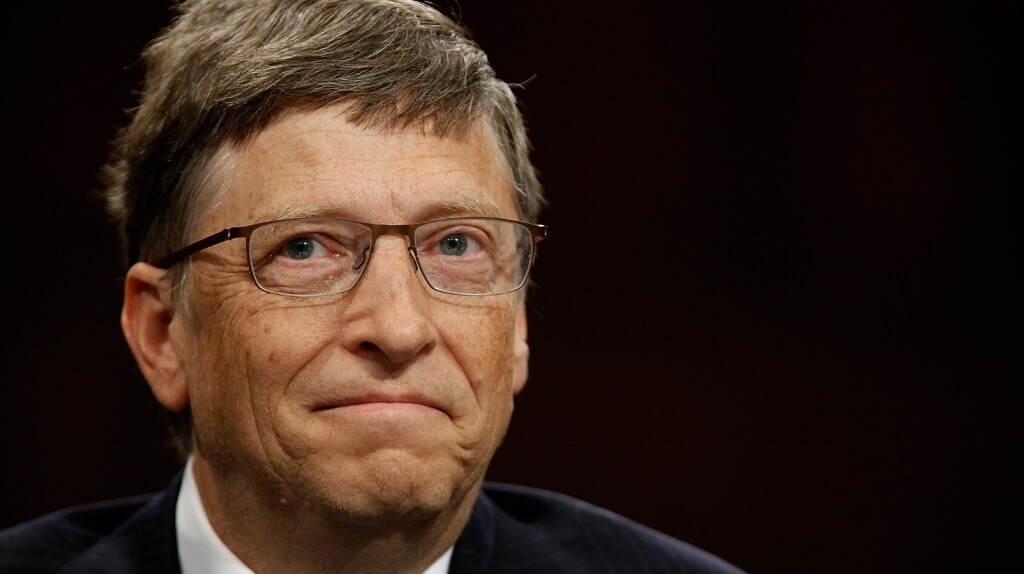This week, Microsoft bid farewell to the much-loved Windows 7 operating system, nearly 11 years after it was first launched in 2009.
What The End Of Microsoft Windows 7 Means For Current Business Users
This week, Microsoft bid farewell to the much-loved Windows 7 operating system, nearly 11 years after it was first launched in 2009.

Originally designed to fix the Windows Vista failure, Windows 7 was an instant hit. So much so, when Microsoft 10 hit the market in July 2015 it took almost four years to overtake this stable and functional operating system in market share.
So, what does the end of Microsoft Windows 7 mean for current business users, particularly when it comes to performance and security?
Why has Windows 7 been stopped?
Windows 7 is a technology that’s now over ten years old. In “tech years”, this is tenfold. If you think about all the tech advancements over this time period, you realise that it is quite an outdated technology to be using in an industry that relies on being at the cutting edge.
Microsoft will want to realign the resources it has put into supporting this legacy system into improving current and innovating for future operating system (OS) technology improvements.
What does the end of Windows 7 mean for current business users?
From a performance perspective, users may not notice any immediate changes in their Windows 7 OS as it will still run just the same as it always has.
However, without regular software patches they may come up against faults or bugs that would otherwise have been fixed. Equally, they may find modern applications (Office 365 ProPlus being an example) suddenly become unsupported on Windows 7.
The biggest problem will be around security. A user’s risk of being targeted and experiencing a cyber attack will increase as Microsoft will no longer be issuing security updates.
This means criminals will have more time to find faults and vulnerabilities in the OS and greater success at exploiting these through malware or ransomware.
What should businesses do next if they still use Windows 7?
The sensible thing to do would be to upgrade to Windows 10 as soon as possible. You can upgrade your current licence but you need to ensure your devices are compatible with the new operating system, if not, you may need to upgrade your devices too.
You’ll get all the security protections plus new features like Cortana virtual assistant on desktop, 4K picture quality, sleek-looking apps and an emoji keyboard if you so desire.
As a last resort, if you aren’t ready to switch, you can purchase an extended security updates pack which will give you a further year of Windows 7 security updates.
How can businesses ensure a clean switchover to Microsoft 10 or other OS?
Contact a specialist or a business who have experience in helping move from Windows 7 to Windows 10. A device refresh would be the easiest way to migrate away from Windows 7 but this isn’t always achievable.
It’s important to make sure this is done correctly from the start especially given there are lots of things to be considered, and so experienced guidance should be sought out.
Windows 10 can be deployed, managed and secured using the same toolsets as previous versions of Windows, however, you may require upgrades and updates to make them Windows 10 compatible. This approach to delivering compute, applications and services is defined as ‘Classic IT’.
Windows 10 can also be provisioned, managed and secured using a ‘Modern IT’ approach. Modern IT changes how you deliver and secure corporate applications and data to your end-users. This grants cost-saving and agility benefits above the Classic IT approach.
To adopt this Modern IT approach, you may need to invest in additional toolsets or look to an IT support service provider who can support this transformation and provide you with all the information you need for a smooth transition.
How can you purchase Windows 10?
When it comes to purchasing licenses for Microsoft’s modern desktop operating system, there’s a wide choice offering flexibility.
The first major decision that you must make is which edition of the product is most suitable for your needs.
Windows Professional offers a business-class OS with features including Windows Hello; Bitlocker encryption; Defender anti-virus and Application Guard. This product is always bought on a perpetual, per-device basis and involves upfront CapEx payment.
Windows Enterprise provides advanced management and security features, including credential guard, start screen control and application control. This product is usually obtained with software assurance (which provides new version rights and virtualisation benefits) and is bought on a perpetual device basis.
How can you get your employees on board with Windows 10?
You might be ready for Windows 10, but are all your people? Even if your colleagues are using Windows 10 at home, this migration is a great opportunity to upskill your users and help them to be more productive using the new operating system.
Some of the common functions have changed, and it’s important that people are getting the best out of the new system by using these functions confidently.
The two main approaches to providing employees with Windows 10 training are the development and use of self-paced learning guides and videos and providing training which can be scaled by delivering short lessons online using Skype for Business, MS Teams or other web conferencing applications.
How can Device-as-a-Service help with the move to Windows 10?
Device-as-a-Service (DaaS) has played a big role in the move to Windows 10, offering
organisations the ability to mitigate the capital expenditure of hardware upgrade and streamlining device leasing agreements into one. It also provides a strategic set of service options to reduce the ongoing management overhead, whilst also allowing you to review the efficiency of your devices.
Jacob Chew is Microsoft Product and Licensing Specialist at Softcat.
Thanks for signing up to Minutehack alerts.
Brilliant editorials heading your way soon.
Okay, Thanks!